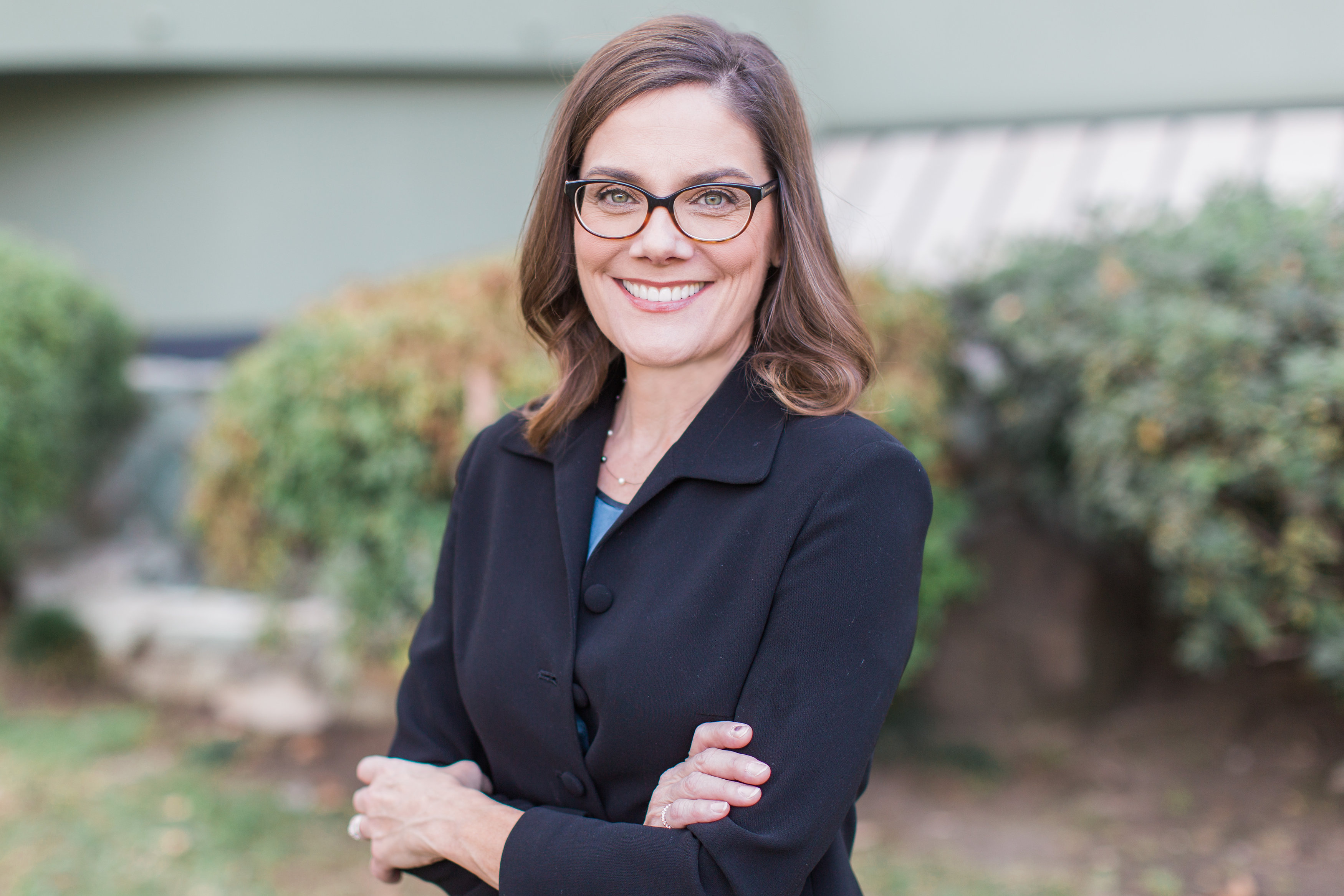
Closing out this two-part series on Grant Writing Tips for Arts Nonprofits (if you missed part 1, you can read it here!), I offer five more tips that I hope might be of help in your grant writing efforts.
1. Submit excellent artistic samples
No matter how perfect your application narrative is, in the end it is the artistic work samples that matter most. This is especially true when applying to arts agencies (city and county arts commissions, state arts councils, the NEA) whose grant applications are reviewed by panels of artists.
Document your programming using the most professional means possible given your budget. But even steady smart phone footage of excellent programming can be effective if that is all your budget allows. (Most agencies don’t want to see fancy promo pieces; videos of live performances are preferred.)
Years ago I was on a county arts commission panel reviewing other music program applications. Having reviewed all of the written applications, the panel convened in person to view the work samples. We had all but given up on one organization, whose application was riddled with typos and incomplete answers to questions. Then we saw the video they submitted. It showed an organization doing exceptional, profoundly impactful work in the community. We unanimously gave them a much higher score (with a note that they needed to reflect the same excellence in their application narrative next time around!). It showed me that, no matter how well we tell our stories on paper, a picture (or video) is worth a thousand words.
2. Find an efficient way to track applications and reports
Make sure that you have a good method of tracking grant applications, awards and reports. If your organization is submitting more than ten grant applications per year, you might want to consider a grants management system, as tracking so many deadlines via an Excel spreadsheet or Google calendar can be challenging.
Some CRM (Customer Relationship Management) systems come with a grants management feature, but there are also stand-alone grant management systems. Here’s a resource that compares features and shares reviews of various platforms.
3. Write in the 3rd person
While it’s fine to use “we” and “our” in marketing materials and on websites, I prefer to write grants in the third person (“VOX Femina,” “the organization,” “it”). I find that this approach instills a more professional tone and lends an air of authority and objectivity. In any case, at the very least, one should be consistent throughout an application.
.png?width=1920&height=1080&name=Chorus%20Connection%20Blog%20Images%20CC%20(3).png)
4. Highlight collaborations
Funders LOVE collaborations! This is because collaborations extend the footprint of their funding’s impact. Understandably, funders want to maximize the number of people they are serving, and collaborations between organizations serve that purpose. But we all know that artistic collaborations are challenging to pull off. They can be costly, logistically complicated, and artistically demanding. And yet we may already be collaborating with other artists without realizing it.
Look a little deeper at your existing programming to see if collaborations may already exist, and then highlight those relationships in your narrative. Are you hiring outside instrumentalists for some of your concerts? Are you commissioning composers for new pieces? Do you have ongoing relationships with specific artistic venues? Those are all collaborations! Funders are also interested to see collaborations between arts organizations through marketing and public relations (ad exchanges in newsletters, ticket exchanges for silent auctions, sharing social media posts, etc.).
Funders also love to see collaborations with children and seniors. Find opportunities to invite these populations to participate in performances, educational programs and/or offer them discounted or free tickets to concerts. Then find a way to report on these collaborations in your application narrative.
5. Describe the need and impact (and back it up with research!)
Many grant applications ask you to describe the need for your programming as well as its impact. We all intuitively know that music (and singing in particular) is a potent salve for what ails us. But funders want to see documentation!
When describing the need, look for studies that show the impact of music on the brain, mental health, mood, and childhood development. For those organizations with youth choirs or music education programs, include studies that quantify the impact of music (or arts) programs in your local school system, if possible. Note the lack of music education programs in your community (if that is the case). Dr. Adele Diamond, a Canadian Neuroscientist, has studied the effect of music on Executive Functioning in children, which is a greater indicator of future success than IQ. Her studies can be found here. When assessing the impact on your community, don’t forget to include the singers! They are also being provided with an arts experience that is soul- and life-affirming.
I hope these tips have been helpful! Be sure to also check out the first part of this series, “5 Essential Grant Writing Tips For Arts Nonprofits.” Please feel free to add questions and/or tips from your own grant writing experience in the comments below.

Rebecca Wink is the Executive Director of VOX Femina Los Angeles, LA's premier women's chorus. Rebecca is a results-oriented leader with a proven ability to advance organizational performance through program and budget management, strategic planning, marketing, developing creative events, and maximizing revenue generation. Prior to VOX, Rebecca was Managing Director of the California Dance Institute from 2002 until the fall of 2015. Prior to working in the non-profit sector, Rebecca was the founder and CEO of Creative Spaces, a Professional Organizing service, specializing in home-office organization. Rebecca has appeared in numerous theatrical productions and film and television roles, and records voice-overs for animated series and features. She earned a BA from the University of California, Berkeley.

